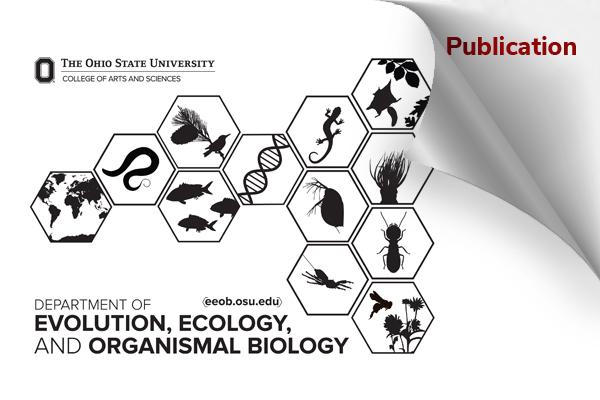EEOB Publication - Freudenstein

Nuclear Phylogenomic Insights into Relationships, Support, and Conflict Among the Early Diverging Lineages of the Megadiverse Epidendroid Orchids
Craig F Barrett, John V Freudenstein, Samuel V Skibicki, Cameron W Corbett, Brandon T Sinn, Hana L Thixton-Nolan, William J Baker, Vincent S F T Merckx, Oscar Alejandro Pérez-Escobar, Matthew C Pace, Paul M Peterson, Kenji Suetsugu, Tomohisa Yukawa. 2025. Systematic Biology, syaf069, DOI: 10.1093/sysbio/syaf069
Abstract
Parasites present fascinating examples of evolutionary modification that simultaneously pose challenges for systematics. This is exemplified by fully mycoheterotrophic orchids, which are completely dependent on fungi, constituting nearly half of all fully mycoheterotrophic plant species. A large concentration of mycoheterotrophic lineages is found among the eight tribes comprising the base of the megadiverse orchid subfamily Epidendroideae, here referred to as the Early Diverging Epidendroideae (EDE). To date, relationships among the EDE have been problematic. Previous analyses have suffered from sparse taxon sampling, weak support from limited loci, or long branch attraction in plastid-based analyses. We conducted the most comprehensive nuclear phylogenomic analysis of the EDE to date, using Angiosperms353 loci, coalescent analyses, and deep exploration of support, conflict, saturation, and introgression. Our study is the first to include phylogenomic data from all eight EDE tribes, with 22 of 26 EDE genera represented. We took a novel approach selecting best-fit mixture model configurations at the individual locus level, which provided significantly better fit overall and required fewer parameters than all other models, with implications for clades characterized by lineage-specific rate heterogeneity. We recovered strong support for monophyly of all EDE tribes except for Neottieae, which were inferred to be paraphyletic. Based on quartet sampling analysis, information content was generally rich for deep relationships among the EDE tribes, but overall support was weak. We found evidence of saturation and putative introgression, with two inferred reticulation events. We conclude that short internal branches associated with rapid diversification, incomplete lineage sorting, and putative introgression resulted in low concordant signal among EDE tribes, underscoring the continued difficulty in resolving their relationships. Nonetheless, we provide the first strongly supported phylogenetic hypothesis for the five genera of Gastrodieae, representing the largest known diversification of fully mycoheterotrophic plants. We discuss our findings considering recent phylogenomic studies, taxonomy, morphology, and biogeographic implications.
